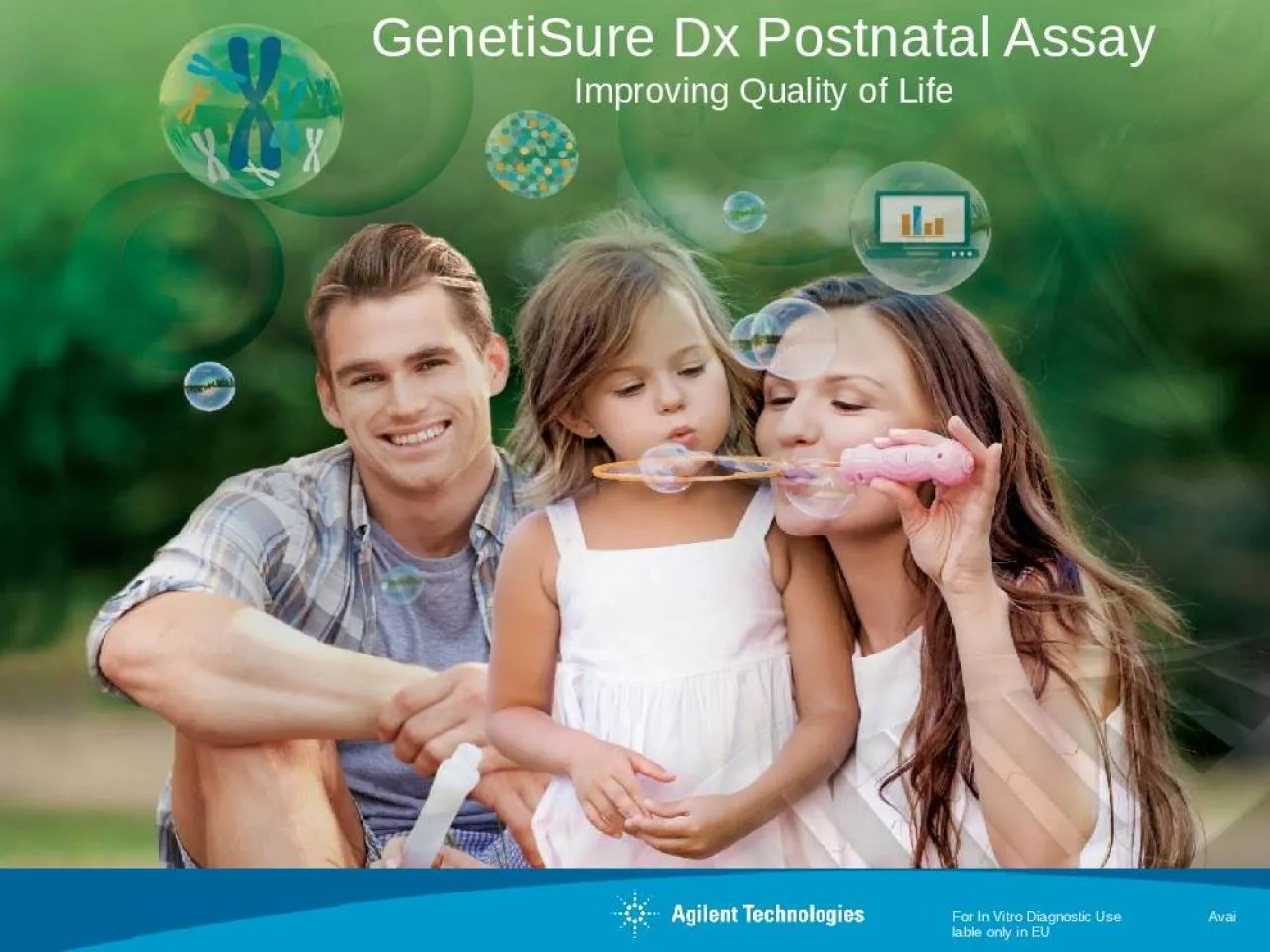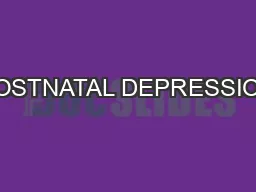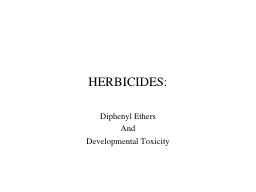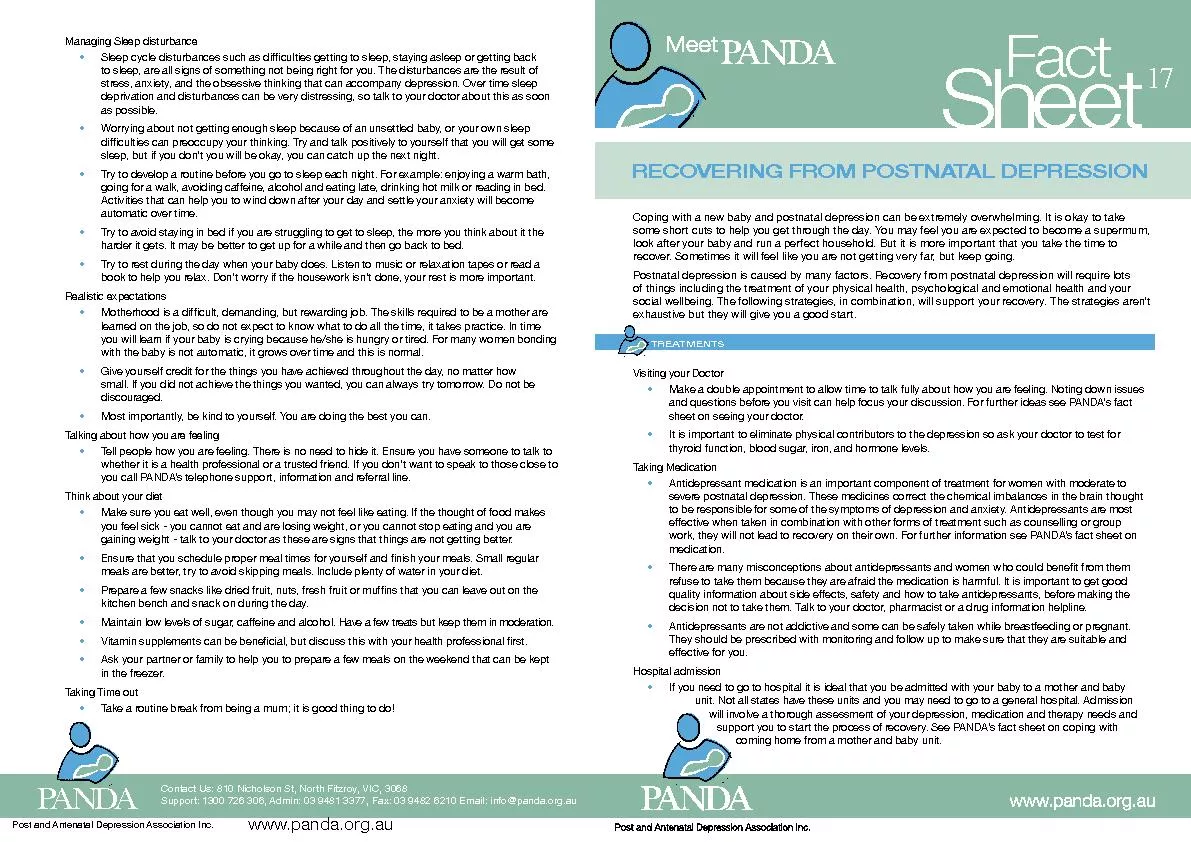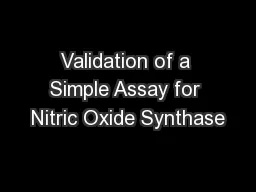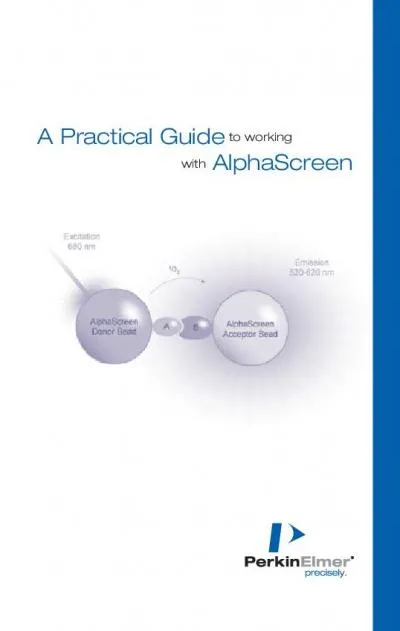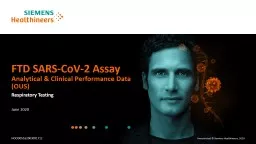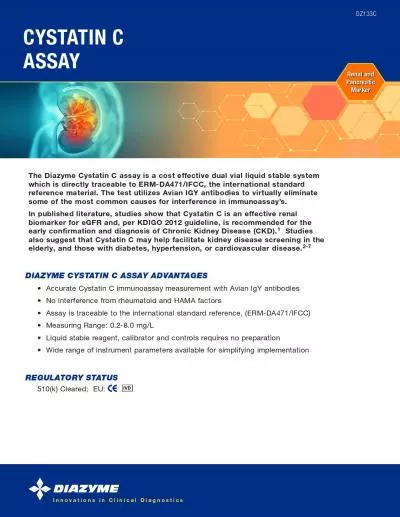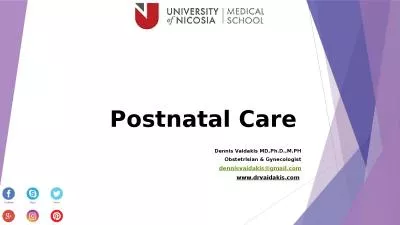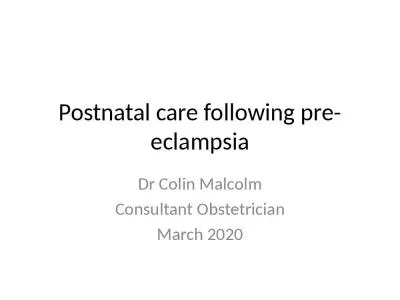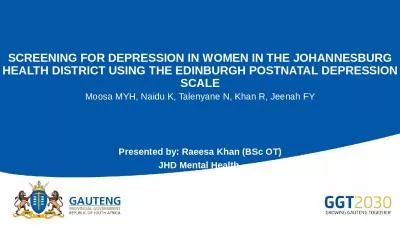PPT-GenetiSure Dx Postnatal Assay
Author : bery | Published Date : 2022-05-14
Improving Quality of Life For In Vitro Diagnostic Use Available only in EU Why CGH array in postnatal genetic testing GenetiSureDx Postnatal Assay Clinical performances
Presentation Embed Code
Download Presentation
Download Presentation The PPT/PDF document "GenetiSure Dx Postnatal Assay" is the property of its rightful owner. Permission is granted to download and print the materials on this website for personal, non-commercial use only, and to display it on your personal computer provided you do not modify the materials and that you retain all copyright notices contained in the materials. By downloading content from our website, you accept the terms of this agreement.
GenetiSure Dx Postnatal Assay: Transcript
Download Rules Of Document
"GenetiSure Dx Postnatal Assay"The content belongs to its owner. You may download and print it for personal use, without modification, and keep all copyright notices. By downloading, you agree to these terms.
Related Documents

